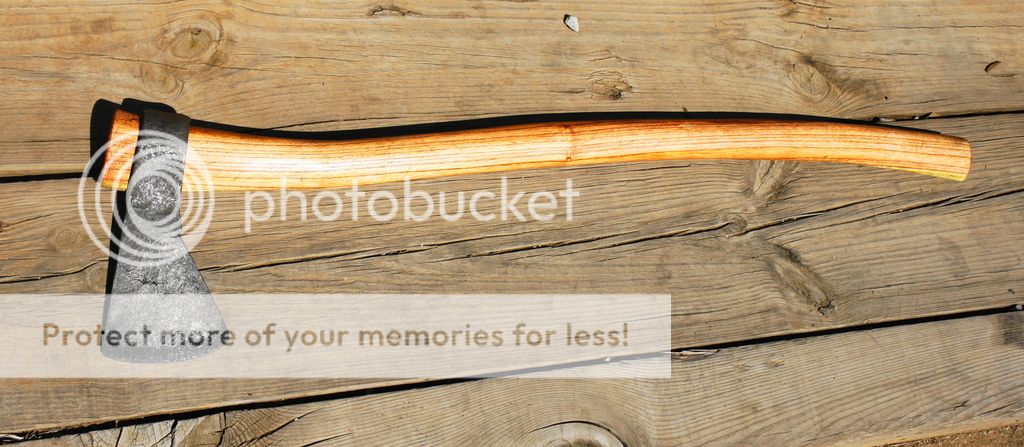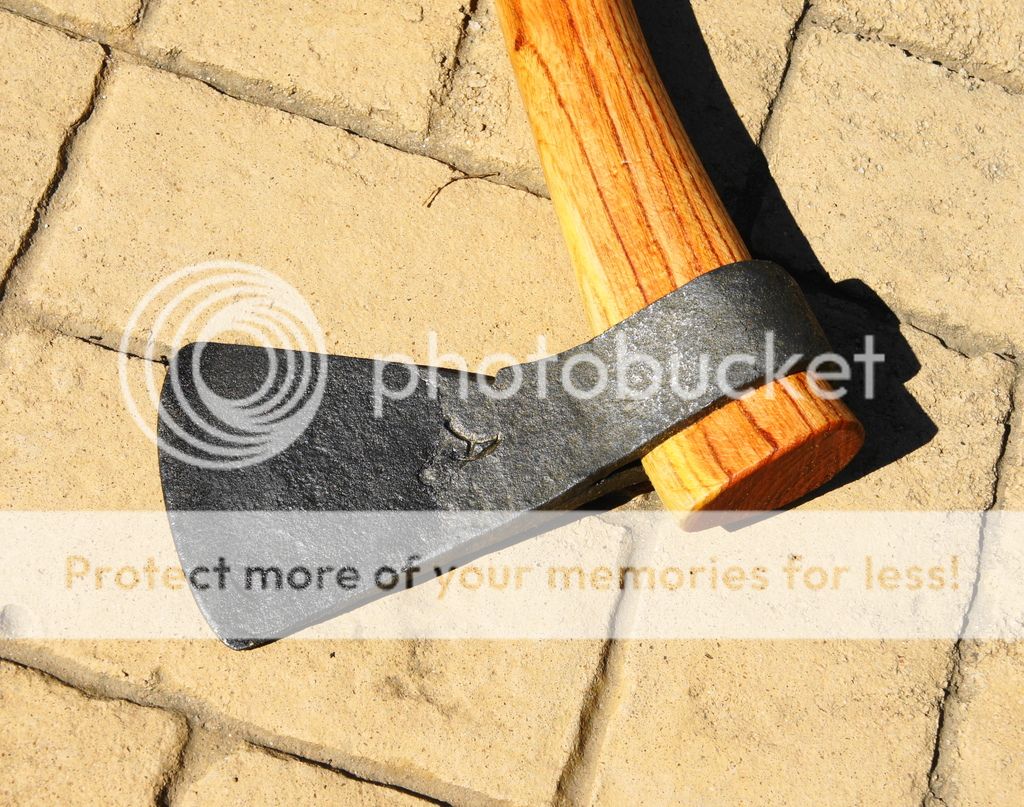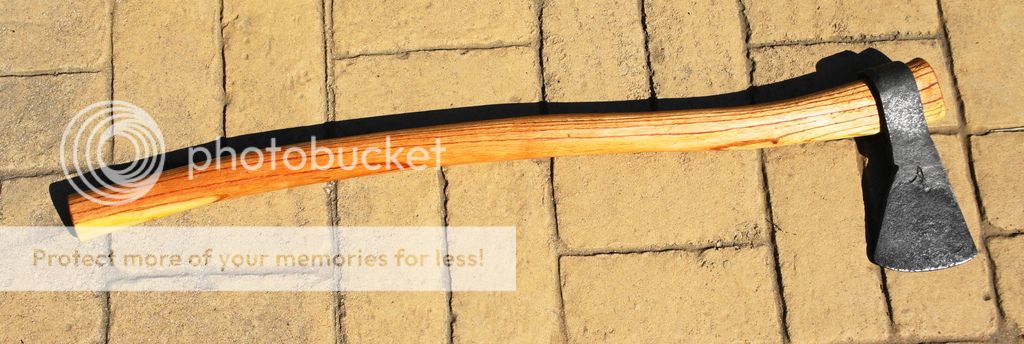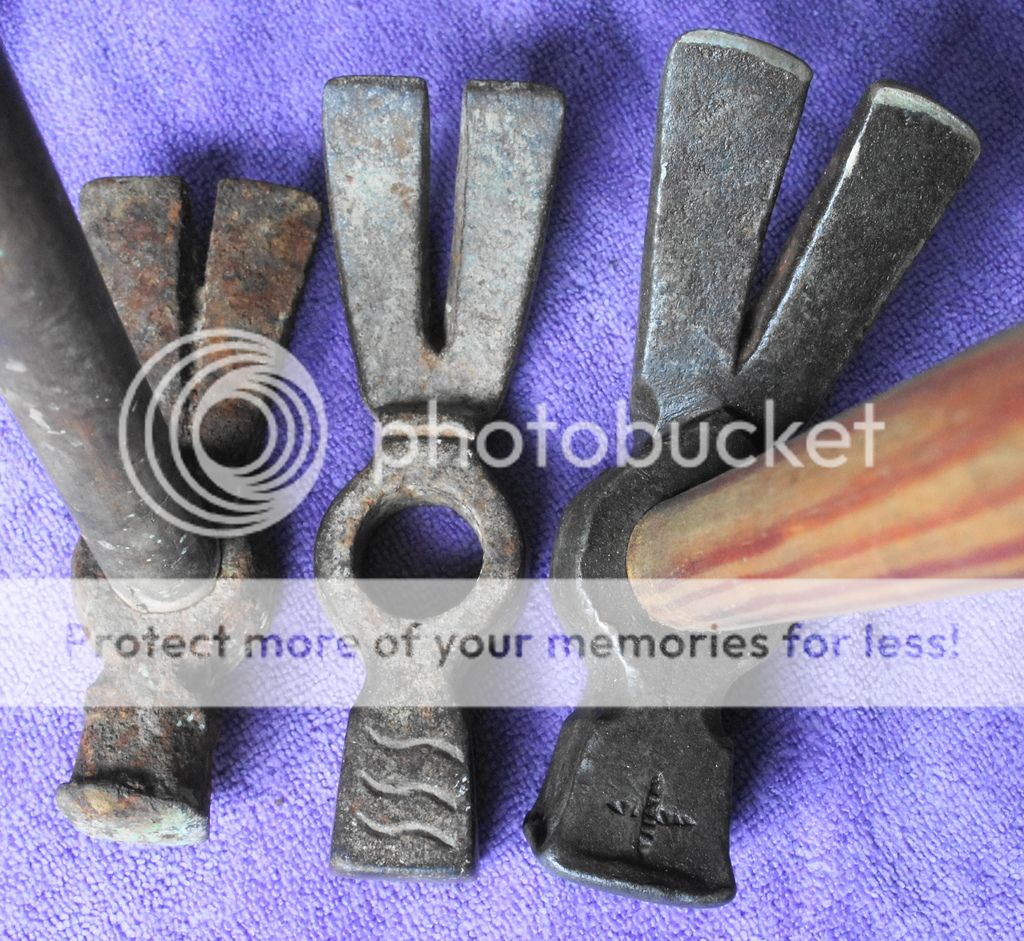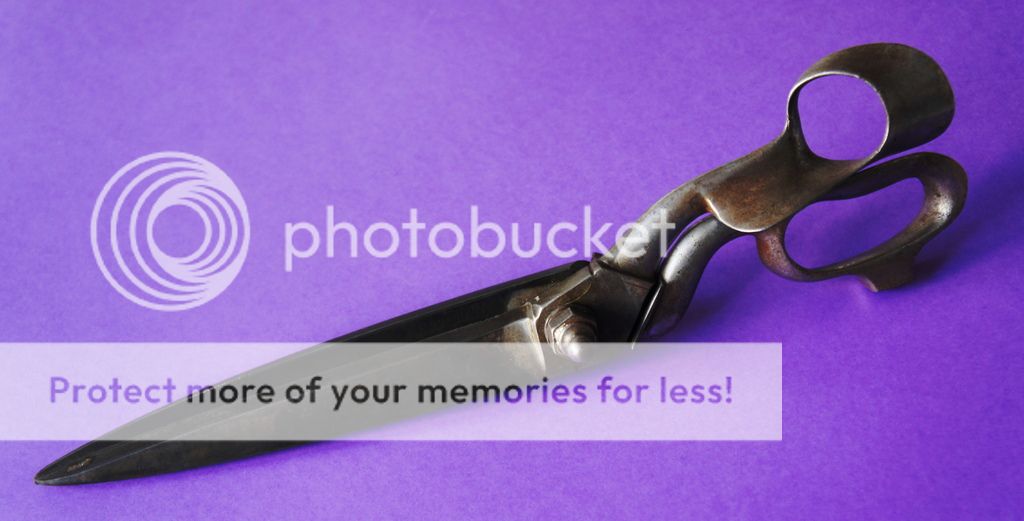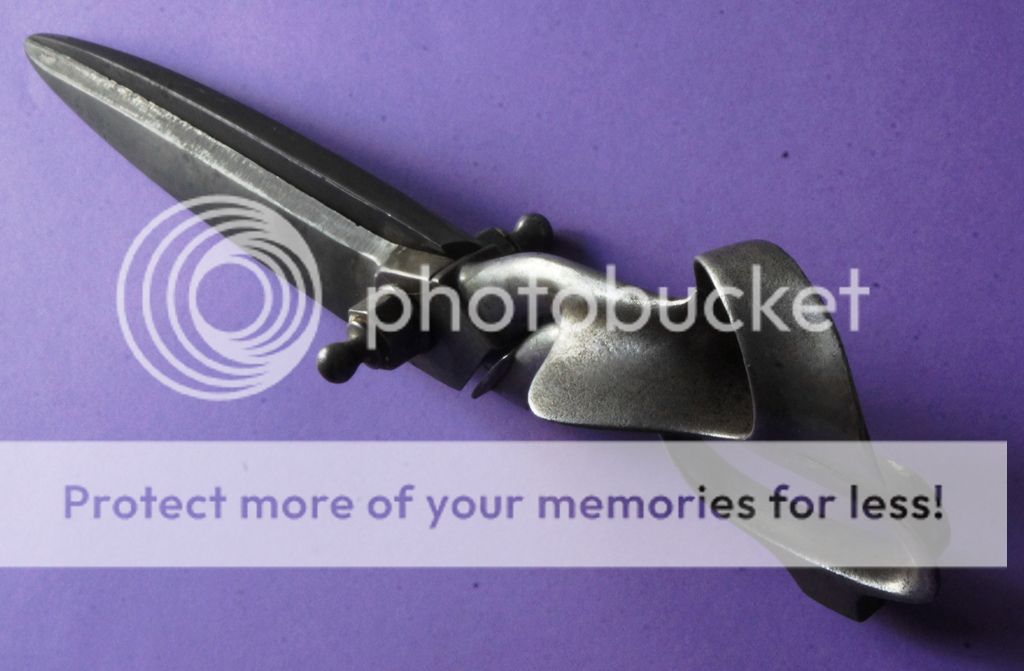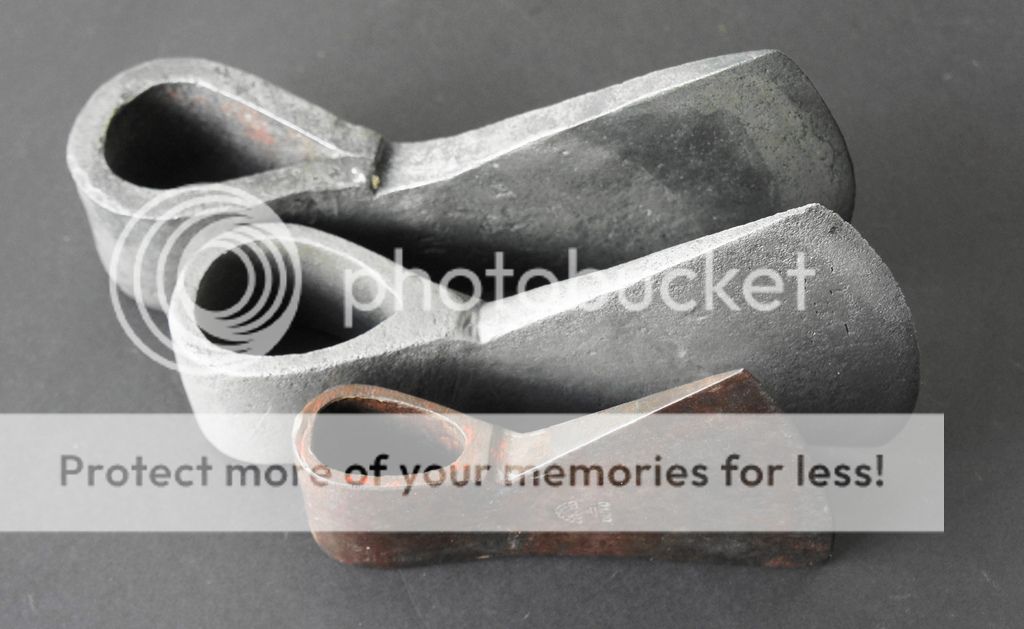The welding of a few dissimilar pieces on the larger axe is a fairly standard method of obtaining the necessary mass/weight of head.
As is the specific technique-"skew-weld"-very common in tool making.
Equally possible as a repair or new construction....
As is the specific technique-"skew-weld"-very common in tool making.
Equally possible as a repair or new construction....


